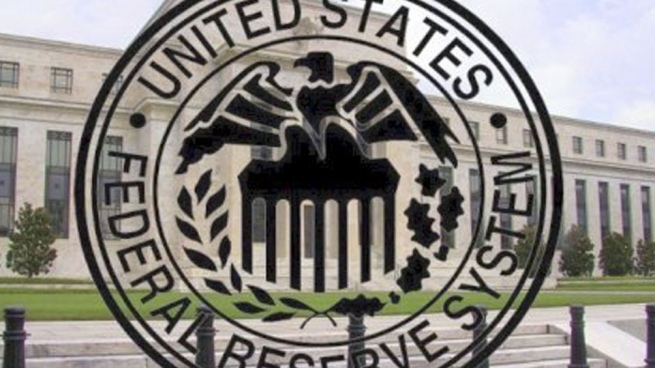With the approach of the 94th edition of the Oscars, the recurring controversy around the representativeness of women in the Awards returns to the media landscape, which, clearly, remains a half-done puzzle.
The appearance of women in the multiple categories, especially in the sections for Best Director and Best Film, remains small, although at times it shows a slight change in the degree of luminosity.
Receiving the nomination or, even more, winning the golden statuette in what are considered the most valued segments of the awards, is the dream of any artist who works in these audiovisual dynamics.
However, history and numbers show that in conquering this illusion women tend to be the least lucky; not at all for a reason linked to their professional skills or aptitudes, but rather because of the minuscule opportunities offered.
According to statistics presented by analysts of the phenomenon, in the course of almost half a century of the United States Academy Awards in 1929, only 14 percent of the more than 10,000 nominees were women, and of these, only five received awards. the nomination for Best Director.
This does not stop here. The gender gap extends to the Best Picture section, where 13 women appear among the more than 370 nominees since 1950, according to a study by Daniel Levitt, Catherine Shoard and Seán Clarke for the British newspaper The Guardian.
The own analysis carried out two years ago showed that the photographers do not have better luck in the cumbersome Hollywood path, since Rachel Morrison (Mudbound, 2018) was the only winner in this category during the entire journey of the Awards.
Luckily and surprisingly (I could even say justice), it was the Chinese Chloé Zhao with her film Nomadlandla, the second woman to win the title among the filmmakers and the films of the 2021 edition, since the milestone was marked 12 years earlier by the American filmmaker Kathryn Bigelow with her work The Hurt Locker, 2009.
But the Asian woman who printed her name in the history of the film industry reaped other notable feats such as the record of receiving four nominations in the same year: Best Direction, Adapted Screenplay, Editing and Best Film.
She was also the first non-white nominated for Best Direction, a dispute with her colleague Emerald Fennel for the film Promising Young Woman, with whom she obtained the privilege of being the only ones who shared the nomination for these coveted categories at 93 Oscars.
According to analysts, 2021 was undoubtedly the year of the first times in many ways and especially for women, since they achieved the presence of 70 representatives of the gender in 76 nominations.
For this 2022 mathematics does not vary too much. Sorry, yes. Surprising, no.
An investigation by the specialized newspaper The Wrap showed that of the 276 films released and present in the current race for Best Picture, 27 percent have a woman in the direction.
The small number of applicants, which represents the lowest in the last 10 years, is related to the selection requirements implemented by the organizers of the contest and the situation generated by the Covid-19 to the industry and its productions.
But this is a subject of another costal. The perennial debt of the Hollywood Academy with black artists, women, Latinos, Asians, African countries continues, with small steps and a lot of talk about “equal opportunities” that fail to materialize in actions.
Everything indicates that we must wait a “little time” equal to 24 months (from this date) to start seeing a possible change in the listing.
As reported by the famous organization of Hollywood cinema, new standards of representativeness will begin to be applied at the 96th award ceremony, scheduled for 2024.
By that date, they confirmed, the inclusion will influence the eligibility of feature films at the time of being nominated to guarantee and ensure that “all voices are heard and celebrated.”
Let us hope then that the Academy fulfills its promises and this “women’s issue” should not be a repetitive theme, except to talk about good news, without the buts that justify inequality and little recognition of the XX pair.
After all, as the American lawyer and leader of the feminist movement Bella Abzug (1920-1998) said: “The test of whether or not you can do a job should not be the organization of your chromosomes.”
















